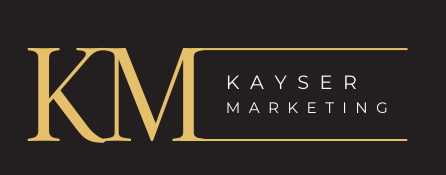Strongman Sleep Apnea
Sleep Apnea is a very real and dangerous sleep disorder that very likely afflicts many of the top athletes in the sport of Strongman, as they push well past the 300 pound body weight mark. This series will look at my experience as a strongman athlete suffering from sleep apnea, the benefits I have seen from properly treating it, and in the second instalment I will explain the process of finding a sleep clinic, getting diagnosed, and the treatment experience of CPAP. This will be particularly useful for anyone in Ontario.
You don’t realize how essential sleep is to your recovery from training until you don’t have it. It all started about a year ago. I was working a job with a rotational schedule that included early mornings, nights, and even 12 hour midnight shifts. At the same time I was gaining weight to become a more competitive strongman athlete. Over the course of about 8 months of working this rotational schedule and gaining weight, I started to feel more and more exhausted and my recovery from the gym was starting to be affected and I was struggling to hit my numbers for the day and losing motivation to train. I felt that it was time to take my issue more seriously when one of my strongman idols, Mike Jenkins, passed away from what seemed to be sleep complications. At the same time my girlfriend was telling me that my snoring was becoming unbearable and that I sometimes choked and gasped in my sleep. This is a classic indication that you likely have sleep apnea. Sleep apnea is a sleep disorder that occurs when the soft tissue in the back of your throat relaxes as you fall asleep, blocking off your airway and forcing you to wake up just enough to get you breathing again. Because of this, your sleep is not restorative and you start to become prone to a lot of serious health issues. In the worst instances you don’t even wake up when you stop breathing in your sleep. If you are interested in getting more information about sleep apnea listen to this week’s episode of American Strongman Radio (Episode 9). Available on iTunes or here: https://soundcloud.com/americanstrongmanradio/american-strongman-radio-06-11-2014-sleep-apnea

Seeking Treatment
As of January this year I started to seek out getting diagnosed and treated for a sleep disorder. My weight was up over 285 pounds now and I had left my job to go back to school. This got rid of the rotational schedule issue, but I was still having an extremely hard time staying awake and paying attention in class. I was waking up feeling exhausted, had a sore throat every morning, and always woke up with a headache. I really didn’t feel like myself anymore. I had very little motivation to train, I was feeling depressed and generally unhappy, and if I watched TV or read any time after 9 PM I would start to drift off within minutes.
If you are interested in more information refer to the second article that will be out soon after this one for the entire process I went through to find a sleep clinic, go through the consultations and sleep tests I had before arriving at a diagnosis about a month and a half later.
As expected, I was diagnosed with sleep apnea. There are a few values often used for understanding how bad your sleep apnea is that were explained to me at the follow up appointment I had after my sleep test. One of them is the apnea-hypopnea index (AHI). This is basically a measure of how often you either stop breathing or don’t get enough oxygen per hour. My AHI value was determined to be over 60, meaning on average I wasn’t getting enough oxygen more than once every minute I was trying to sleep. Another value is the oxygen saturation, which is supposed to be kept above 90% and mine was dipping down to the mid-80s during my worst periods of sleep each the night. This is pretty severe and is part of the reason that you will wake up with a headache when you aren’t treating your sleep apnea.
The Relief from Treatment
I was prescribed with a CPAP, which is the most effective treatment of sleep apnea, if you are able to maintain compliance, which I found to be surprisingly easy. Within days of starting CPAP therapy, I was already noticing that I felt better. After about a week it was a night and day difference. My mood improved, my concentration improved, I was no longer waking up with sore throats or headaches. My recovery and energy also greatly improved. Over the course of the first month of treatment I was finally back to hitting PRs in training and my motivation was back up to where I expect it to be. I have not had any problems with compliance, but on the few nights I’ve had the mask slip off, I’ve noticed a huge difference in how I feel the following day.
Thankfully American Strongman Radio came out with a great interview to provide you with some information on how to proceed if you think you might have a sleep disorder. For me a few months ago, I found it quite difficult to get the answers I needed to proceed to getting tested. If you want more information on my experience with the process of finding a sleep clinic, getting diagnosed, and getting a CPAP device, I ended up writing too much to fit into this one article, so it will soon be posted on rjkayser.com.
Fortissimus
